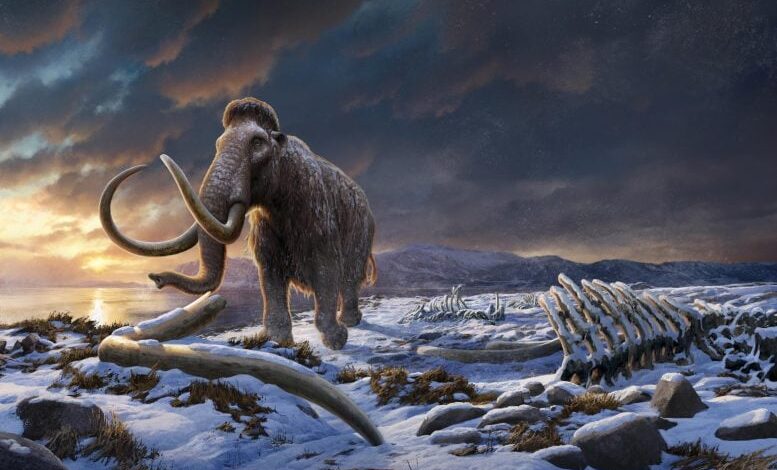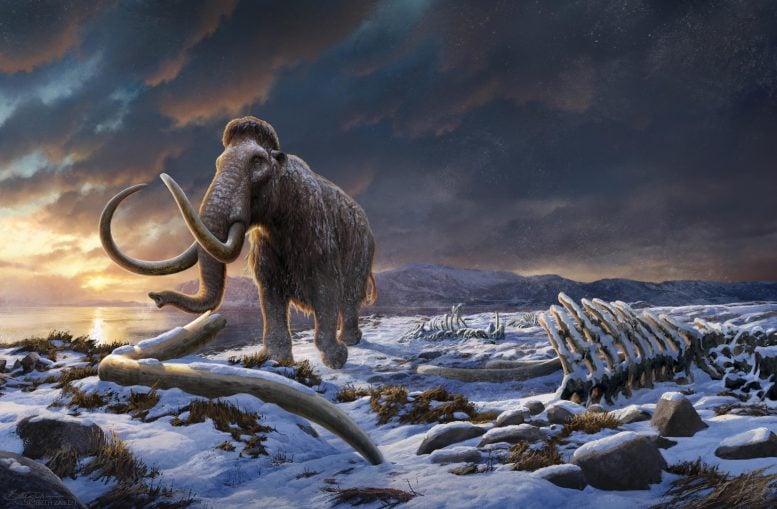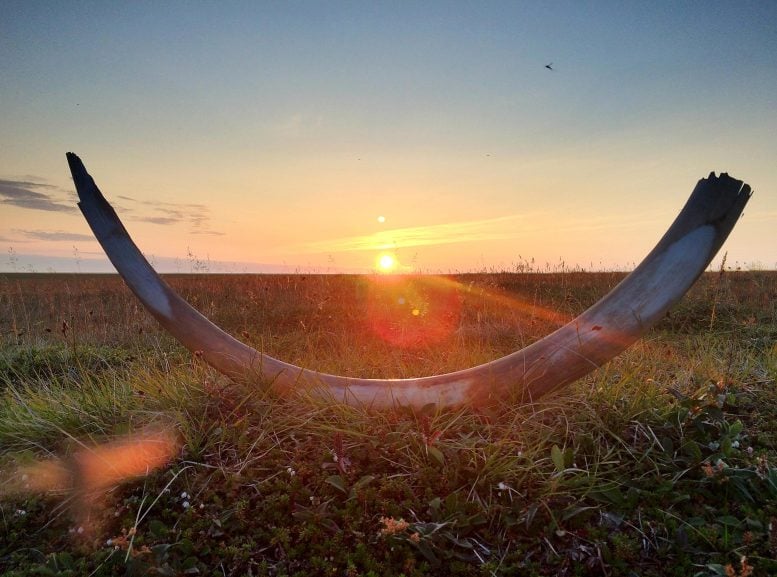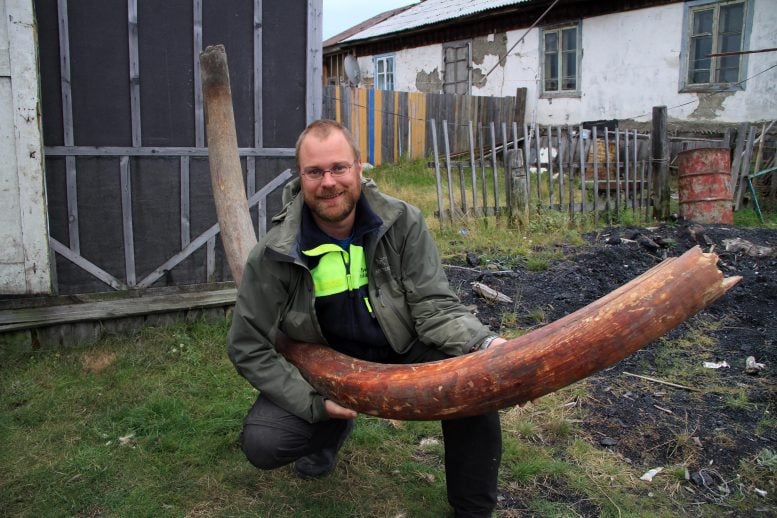Secrets of Survival and Mysterious Extinction on Wrangel Island


The woolly mammoths on Wrangel Island, derived from a very small initial population, sustained themselves for 6,000 years despite genetic hurdles. Their sudden extinction remains a mystery, providing lessons for contemporary conservation efforts. Credit: Beth Zaiken
Genetic analysis of the last woolly mammoths on Wrangel Island has revealed a population that managed to survive 6,000 years despite severe inbreeding and low genetic diversity.
Initially descended from no more than eight individuals, this group expanded to 200-300 members. While genetic issues didn’t directly cause their extinction, it remains unclear what ultimately led to their demise. The study provides insights into how such populations can inform current conservation strategies for endangered species today.
Ten thousand years ago, the final population of woolly mammoths became isolated on Wrangel Island, located off Siberia’s coast, due to rising sea levels that separated the mountainous island from the mainland. New genomic research indicates that this isolated population, which lived on the island for the subsequent 6,000 years, began with no more than eight individuals and expanded to between 200 and 300 within 20 generations. Published in the journal Cell on June 27, the study shows that the Wrangel Island mammoths exhibited signs of inbreeding and low genetic diversity, yet these factors alone do not account for their mysterious and ultimate extinction.
Reassessing Extinction Theories
“We can now confidently reject the idea that the population was simply too small and that they were doomed to go extinct for genetic reasons,” says senior author Love Dalén, an evolutionary geneticist at the Centre for Palaeogenetics, a joint collaboration between the Swedish Museum of Natural History and Stockholm University. “This means it was probably just some random event that killed them off, and if that random event hadn’t happened, then we would still have mammoths today.”
Insights for Current Conservation Efforts
In addition to shedding light on woolly mammoth population dynamics, this analysis of Wrangel Island mammoths could help inform conservation strategies for present-day endangered animals.
“Mammoths are an excellent system for understanding the ongoing biodiversity crisis and what happens from a genetic point of view when a species goes through a population bottleneck because they mirror the fate of a lot of present-day populations,” says first author Marianne Dehasque of the Centre for Palaeogenetics.
Genetic Challenges and Enduring Legacy
To understand the genomic consequences of the Wrangel Island bottleneck on the mammoth population, the team analyzed the genomes of 21 woolly mammoths—14 from Wrangel Island, and 7 from the mainland population that predated the bottleneck. Altogether, the samples spanned the last 50,000 years of the woolly mammoth’s existence, providing a window into how mammoth genetic diversity changed through time.
Compared to their mainland ancestors, the Wrangel Island mammoth genomes showed signs of inbreeding and low genetic diversity. In addition to overall low genetic diversity, they showed reduced diversity in the major histocompatibility complex, a group of genes known to play a critical role in the vertebrate immune response.
Long-Term Genetic Impacts and Future Research
The researchers showed that the population’s genetic diversity continued to decline throughout the 6,000 years that the mammoths inhabited Wrangel Island, though at a very slow pace, suggesting that the population size was stable up until the very end. And although the island’s mammoth population gradually accumulated moderately harmful mutations throughout its 6,000-year tenure, the researchers showed that the population was slowly purging the most harmful mutations.
“If an individual has an extremely harmful mutation, it’s basically not viable, so those mutations gradually disappeared from the population over time, but on the other hand, we see that the mammoths were accumulating mildly harmful mutations almost up until they went extinct,” says Dehasque. “It’s important for present-day conservation programs to keep in mind that it’s not enough to get the population up to a decent size again; you also have to actively and genetically monitor it because these genomic effects can last for over 6,000 years.”
The Final Mystery of Woolly Mammoth Extinction
Though the mammoth genomes analyzed in this study straddle a large timespan, they do not include the final 300 years of the species’ existence. However, the researchers have unearthed fossils from the mammoth’s final period and plan to conduct genomic sequencing in the future.
“What happened at the end is a bit of a mystery still—we don’t know why they went extinct after having been more or less fine for 6,000 years, but we think it was something sudden,” says Dalén. “I would say there is still hope to figure out why they went extinct, but no promises.”
Reference: “Temporal dynamics of woolly mammoth genome erosion prior to extinction” 27 June 2024, Cell.
DOI: 10.1016/j.cell.2024.05.033





